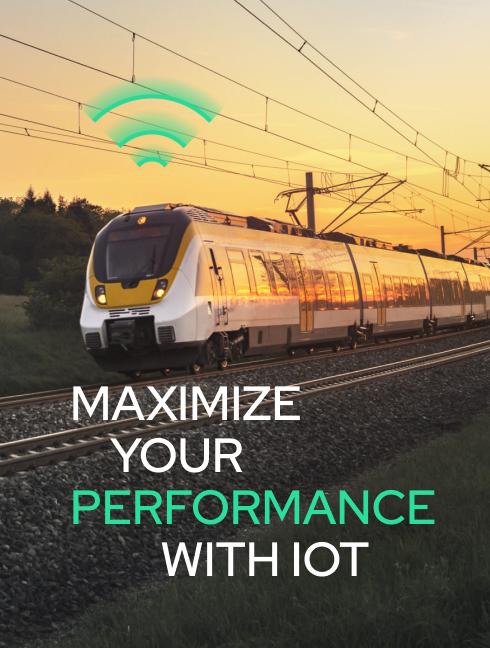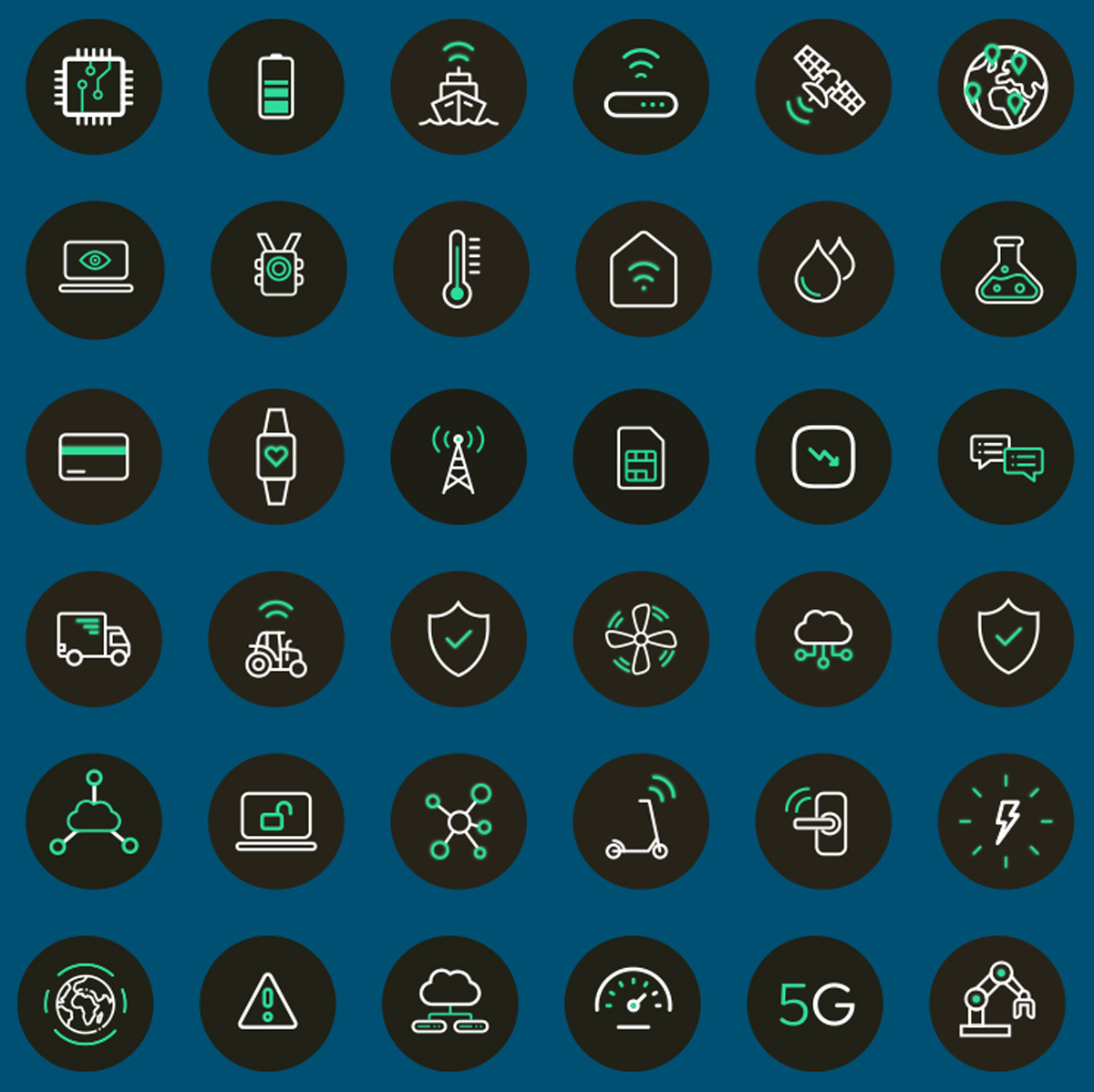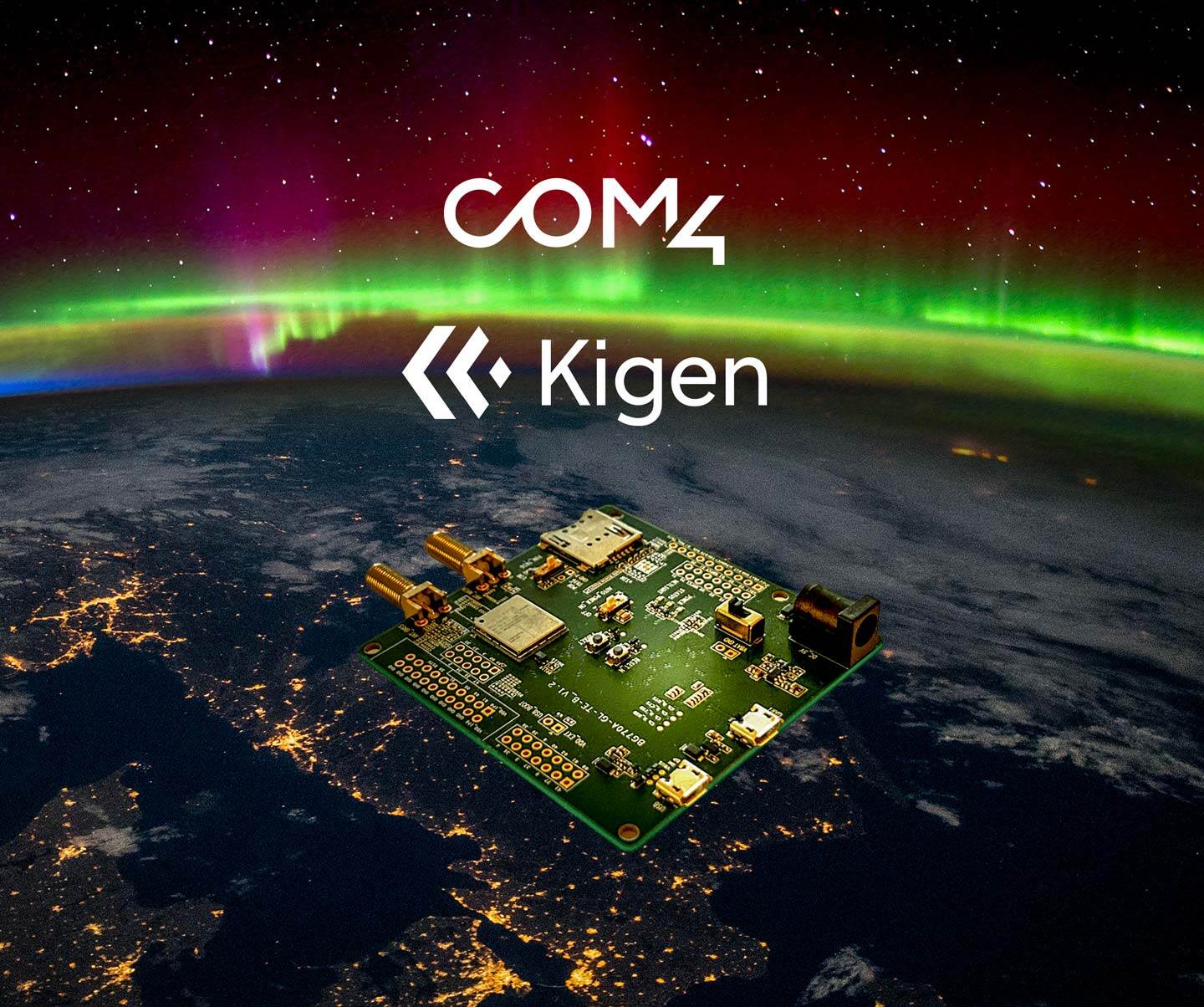This article originally appeared in ComputerWorld Norway on January 22, 2025.
In the span of just ten years, the Internet of Things (IoT) has totally transformed how we live, work, and interact with the world around us. It has become a silent partner in our daily lives, from the smart devices in our homes to the intelligent systems that power industries and cities. With more than 19 billion connected devices worldwide, IoT has become the backbone of our digital future. But this transformation is far from over. As we move further into 2025, the technologies driving IoT—5G, Edge Computing, Artificial Intelligence (AI), and iSIM—are opening doors to new possibilities and reshaping our understanding of what’s possible.
IoT: More Than Convenience
For many of us, IoT appears as a source of convenience. It’s the smart thermostat that heats your cabin before you get there, the electric car that becomes more intelligent with each update, or the app-controlled oven that guarantees dinner is ready on schedule. However, IoT solutions extend beyond mere luxury; they serve as a potent tool for addressing some of society’s most urgent challenges.
Consider energy consumption. Remote sensors now eliminate the need for manual inspections, helping industries reduce vehicle usage and energy waste. IoT is also safeguarding critical infrastructure, monitoring rail systems to detect potential failures before they occur. In agriculture, precision irrigation systems ensure that water is used efficiently, boosting food production while conserving resources. Even waste management has been transformed, with IoT-enabled bins that signal when they’re nearly full, optimizing collection routes and reducing emissions.
These examples are just the tip of the iceberg. IoT is not merely enhancing existing systems; it is enabling entirely new ways of thinking and working.
The Foundation of Next-Generation Technology
At the heart of these advancements is 5G, the fifth generation of mobile broadband. With its blazing-fast speeds, ultra-low latency, and massive network capacity, 5G is more than just an upgrade—it’s the foundation for next-generation IoT solutions. From remote surgery and autonomous vehicles to smart energy grids, 5G is unlocking capabilities that were once the stuff of science fiction.
Take aquaculture as an example. Real-time data analysis powered by IoT and 5G is enabling more efficient fish farming, reducing costs, and promoting sustainability. By providing precise monitoring and control, these technologies are helping industries achieve more with fewer resources—a necessity in today’s competitive and environmentally conscious world.
But the real magic happens when IoT combines with Artificial Intelligence (AI). Together, these technologies create intelligent systems that can analyze vast amounts of sensor data, predict potential problems, and optimize processes automatically. For instance, municipalities are using IoT and AI to monitor public buildings, cutting energy costs and reducing greenhouse gas emissions. Businesses are also embedding AI into IoT devices, enabling self-learning systems that continuously improve efficiency. This blend of flexibility and innovation is precisely what’s needed in a rapidly changing market.
Faster Decisions, Closer to the Source
Another transformative technology is Edge Computing, which processes data closer to where it is generated rather than sending it to centralized data centers. This reduces latency, eases network congestion, and enables real-time solutions—a critical advantage in industries where every second counts.
In healthcare, for example, Edge Computing is being used for continuous patient monitoring and predictive analytics, enhancing both safety and efficiency. In industrial manufacturing, it allows for faster decision-making and greater control over production processes. By bringing computing power closer to the edge, organizations can respond to events as they happen, unlocking a new level of operational agility.
Streamlining Through Smarter Technology
One of the most exciting advancements in IoT is iSIM (integrated SIM). By embedding the functionality of a SIM card directly into the chipset of an IoT device, iSIM eliminates the need for physical SIM cards. This breakthrough simplifies logistics, reduces costs, and saves valuable space within devices. It also improves energy efficiency, making devices smaller, smarter, and more sustainable.
However, with the proliferation of IoT devices comes the challenge of security. Extremely low-cost devices are often the most vulnerable to cyberattacks, highlighting the need for robust security measures. Collaborating with trusted partners who prioritize security is no longer optional—it’s a necessity.
Unlocking IoT’s Potential in 2025 and Beyond
As we look ahead, the combination of 5G, Edge Computing, Artificial Intelligence, and iSIM will continue to reshape industries and redefine what’s possible with IoT. The key for businesses is to assess how these technologies can address their unique challenges and create value.
For those eager to participate in this evolution, start by identifying areas where IoT can have an immediate impact. Whether it’s improving efficiency, reducing costs, or enhancing customer experiences, IoT offers a wealth of opportunities for innovation and growth.
The future of IoT is not just about connecting devices; it’s about creating intelligent, sustainable, and secure systems that improve the way we live and work. By embracing these transformative technologies, we can unlock the full potential of IoT and build a smarter, more connected world.






